There's something remarkable happening at Alpha School in Texas. Students' test scores have quietly climbed into the top 2% nationwide, and the catalyst isn't what you might expect—it's an AI "tutor" program. These students spend just two hours each day with AI, focusing on core subjects, while dedicating the rest of their time to life skills like public speaking and entrepreneurship. It's a beautiful example of how technology can personalize learning, actually reduce academic time, and deepen student engagement. I see it as a glimpse into education's evolving landscape. And this is precisely the type of model that we have created at Learn with Lumi.
The Quiet Revolution: How AI is Transforming Our Classrooms
ai
edutech
classroom education
5 min

There's something remarkable happening at Alpha School in Texas. Students' test scores have quietly climbed into the top 2% nationwide, and the catalyst isn't what you might expect—it's an AI "tutor" program. These students spend just two hours each day with AI, focusing on core subjects, while dedicating the rest of their time to life skills like public speaking and entrepreneurship. It's a beautiful example of how technology can personalize learning, actually reduce academic time, and deepen student engagement. I see it as a glimpse into education's evolving landscape.
The Quiet Revolution: How AI is Transforming Our Classrooms
The Transformative Role of AI in Education
The story of Alpha School isn't isolated—it's part of a broader transformation unfolding in classrooms around the world. I've been fascinated by how AI is reshaping these learning spaces, and I wanted to dig deeper into what this means for teachers, students, and our collective future.
AI as a Catalyst for Personalized Learning
I've always believed that education works best when it meets each student where they are. AI seems to be making this possible in ways we couldn't have imagined before. Systems like Squirrel AI and Microsoft's Reading Coach have this wonderful ability to recognize a student's unique learning profile—their strengths, challenges, and even their learning style—and then adapt content accordingly.
What moves me about these systems is how they ensure no student gets left in the shadows. When a platform can adjust itself to individual needs and signal teachers when intervention might help, we're witnessing something truly powerful. At Georgia Tech, for instance, an AI tutor named "Jill Watson" has transformed large classes by providing responsive support that keeps students engaged.
There's something almost magical about adaptive learning platforms creating those "choose-your-own-adventure" experiences for students. As they work, the content shifts in real-time based on their performance. This isn't just about efficiency—it's about fostering a deeper understanding and connection to what they're learning.
AI Enhancing Teacher Efficiency
Teachers remain the heart of education, but now they have allies in unexpected places. AI tools aren't stepping into teachers' shoes—they're freeing teachers to do what they do best. By handling repetitive tasks like lesson planning and grading, these tools create space for what truly matters: meaningful interactions with students.
- AI-powered lesson planning tools craft materials that speak to curriculum standards while leaving room for teachers' creative touch
- AI-driven rubrics bring consistency to grading, reducing the subtle biases we all carry
- Platforms like Tutor CoPilot scale personalized support across schools at a fraction of traditional tutoring costs
The teachers embracing these tools tell a compelling story—they're finding themselves more efficient and better equipped to address the individual needs that make each student unique.
24/7 Learning Support
There's something powerful about learning that isn't confined to classroom hours. AI tutors create this continuous support system, allowing students to learn according to their own internal rhythms and schedules. For students balancing academics with other life commitments, this flexibility feels like a gift.
What I find particularly valuable is how these AI systems track progress in real-time. They catch learning gaps early—those small misunderstandings that might otherwise grow into larger confusion—and create opportunities for timely intervention.
AI Literacy: Preparing Students for the Future
The world our students will navigate looks increasingly different from our own. States like California recognize this shift, with legislation like Assembly Bill No. 2876 weaving AI literacy into core subjects like math and science. It's not just about using technology—it's about understanding it deeply enough to move through an AI-influenced world with confidence.
Case Studies: Global Examples of AI Impact
Across the globe, small experiments are yielding meaningful results:
- At Georgia Tech, "Jill Watson" lightened the load for teaching staff while improving student support in large, potentially overwhelming classes.
- The University of Alicante developed an AI-powered app that opened doors for visually impaired students, making learning more accessible.
- New Town High School in Australia saw STEM engagement and test scores climb through personalized modules on the "Maths Pathway" platform.
- The University of Sydney created adaptive learning pathways that responded to each student's progress, improving outcomes across the board.
Each of these stories reveals a piece of what's possible when technology and human wisdom work in harmony.
Challenges and Responsible Implementation
Of course, this transition isn't without its complications. As we embrace AI's potential, we need to navigate:
- The delicate nature of student data and how we protect it
- The subtle biases that can infiltrate algorithms if we're not vigilant
- The digital divide that might leave some students on the margins
- The training teachers need to integrate these tools effectively
These challenges aren't roadblocks—they're invitations to proceed thoughtfully.
The Future of Education: Collaboration Between Teachers and AI
I imagine a future where teachers become something like "learning architects," working alongside AI tools while maintaining their essential role as mentors and guides. This partnership creates learning environments that respond to individual needs in ways that weren't possible before.
As institutions invest in AI infrastructure and training, 2025 feels like a pivotal moment—a time when these technologies might find their place in our educational landscape in meaningful ways.
To turn away from AI would be like declining the internet decades ago—a choice that limits rather than expands possibilities. By bringing together the analytical strength of AI with the irreplaceable human element of teaching, we're crafting something new for the next generation of learners.
I see education standing at a crossroads, with technology offering new paths forward. The stories emerging from classrooms around the world suggest that when we approach these tools with intention, something remarkable happens—technology doesn't replace the human connection at the heart of learning; it enhances it, creating space for deeper engagement and understanding. That's the kind of future worth building together.
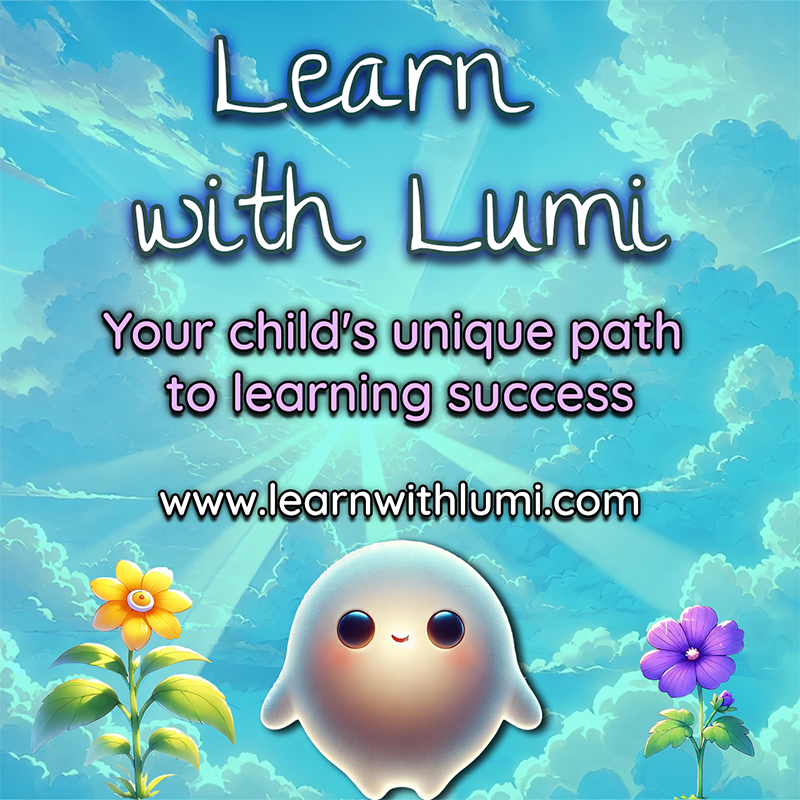
Learn with Lumi is a super-powered educational platform perfect for complete curriculum implementation or targeted learning enrichment. Developed by DarkViolet.ai, this versatile platform delivers personalized instruction that adapts to each student's needs and sets higher academic standards through customized learning paths, interactive lessons, and comprehensive progress tracking.
Discover how Learn with Lumi can transform your educational experience.
More Articles

A Literacy Renaissance: What the Mississippi Miracle Teaches Us About Reading, Research, and Renewal
5 min read

The Education Revolution: Reimagining Learning for the 21st Century
8 min read
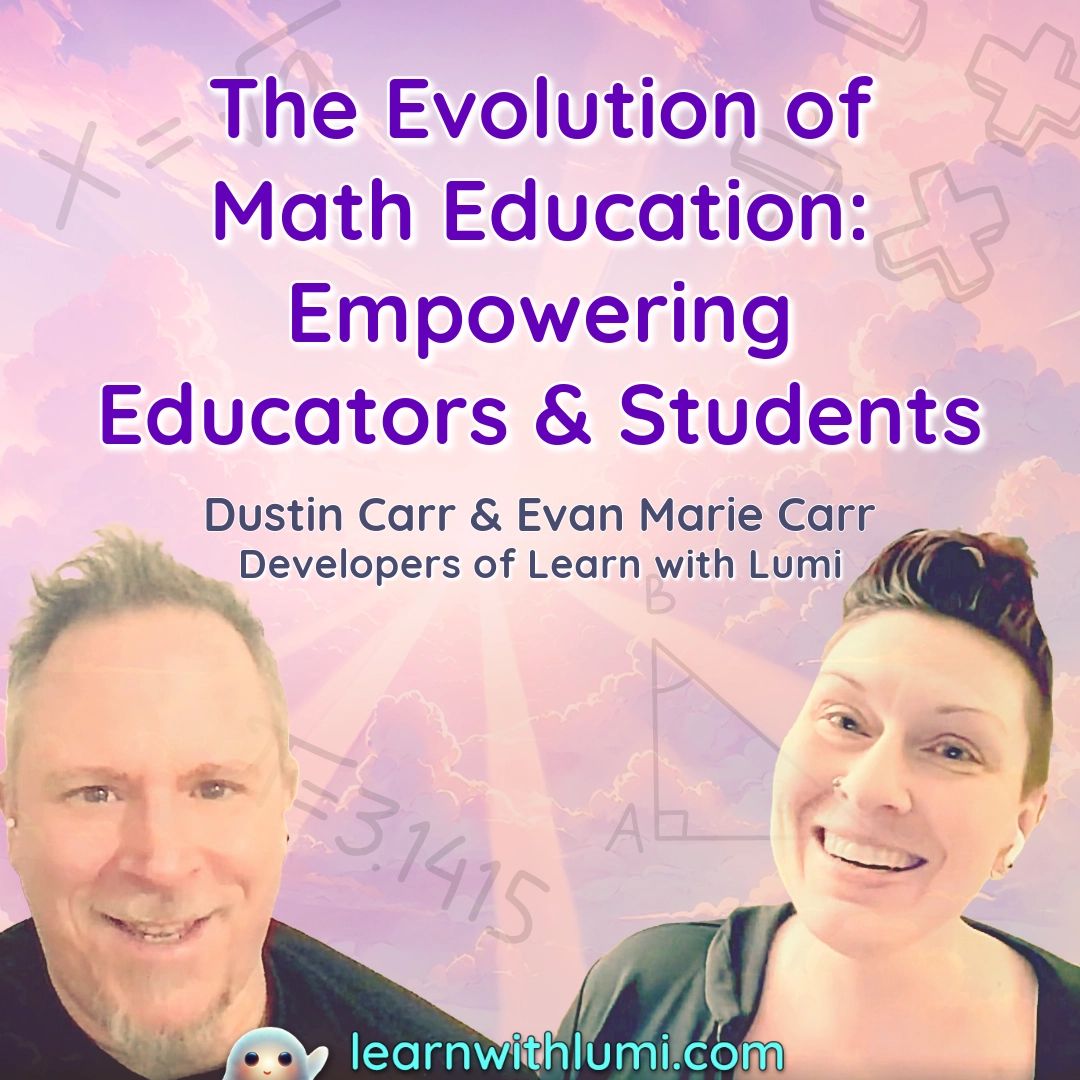
Empowering Teachers Through AI-Enhanced Education
12 min read

Homeschooling and Fostering Strong Parent-Child Relationships
7 min read

Homeschooling and Independent Learning STEM
9 min read

Transformative Impact of AI on Educational Landscapes
8 min read
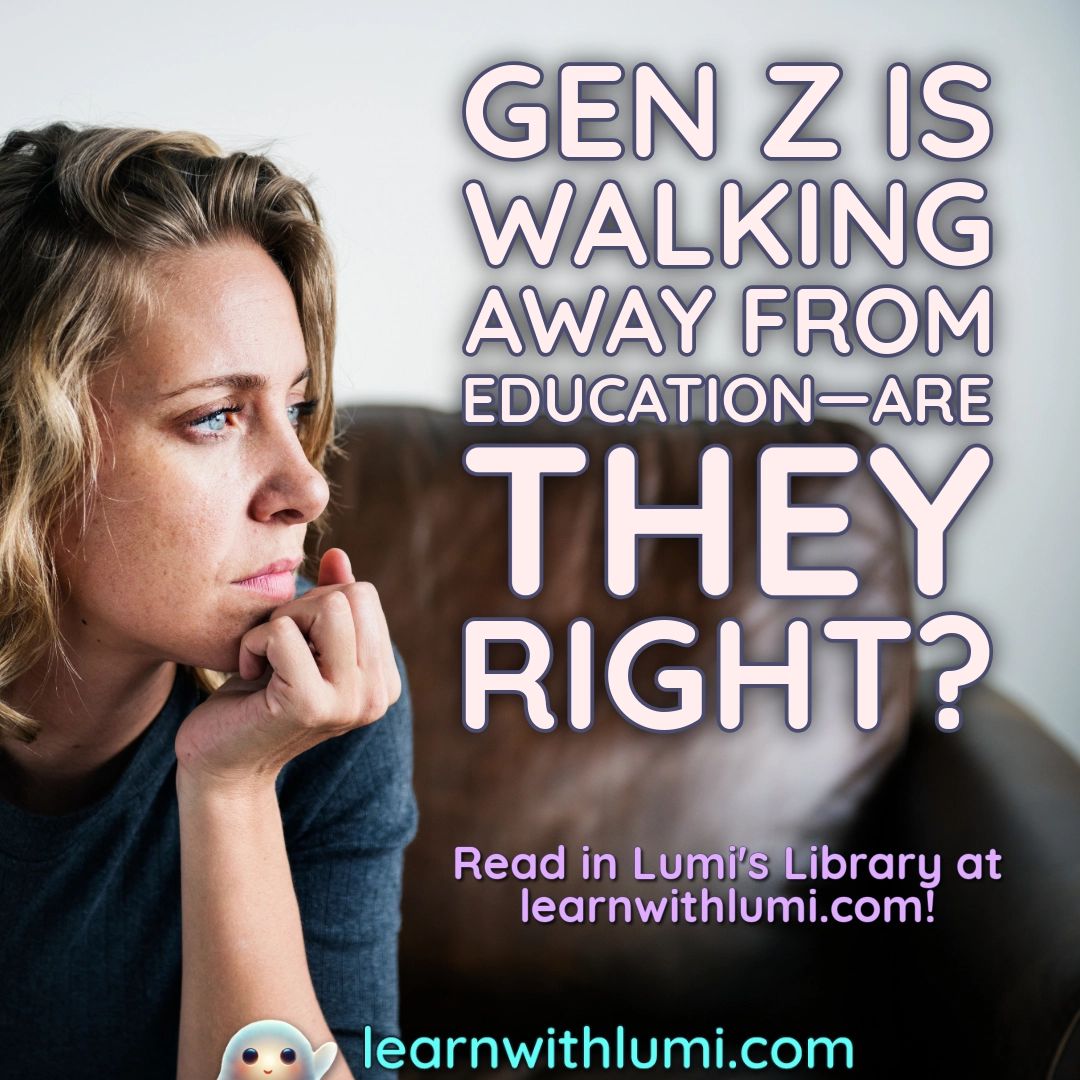
Gen Z Is Walking Away from Education—Are They Right?
8 min read
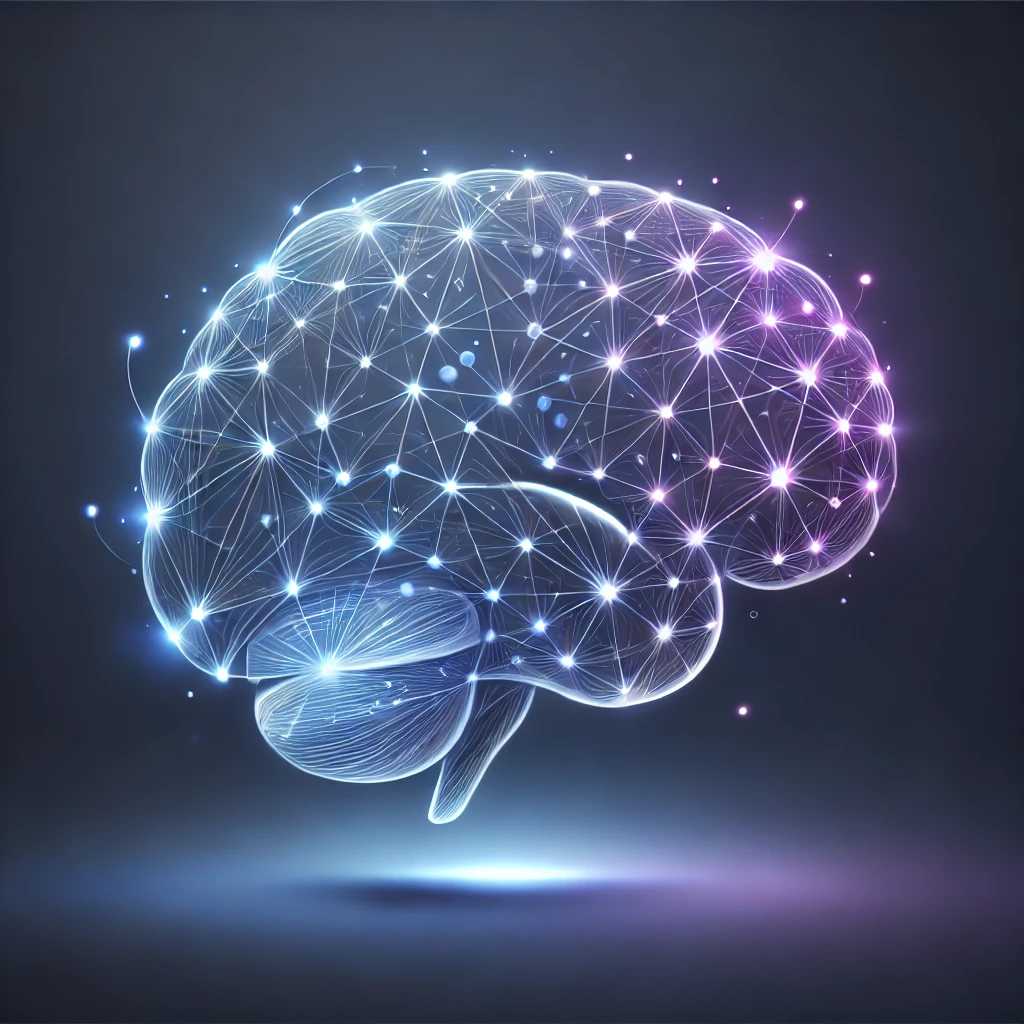
Why Understanding LLMs is Essential for Today's Students
11 min read
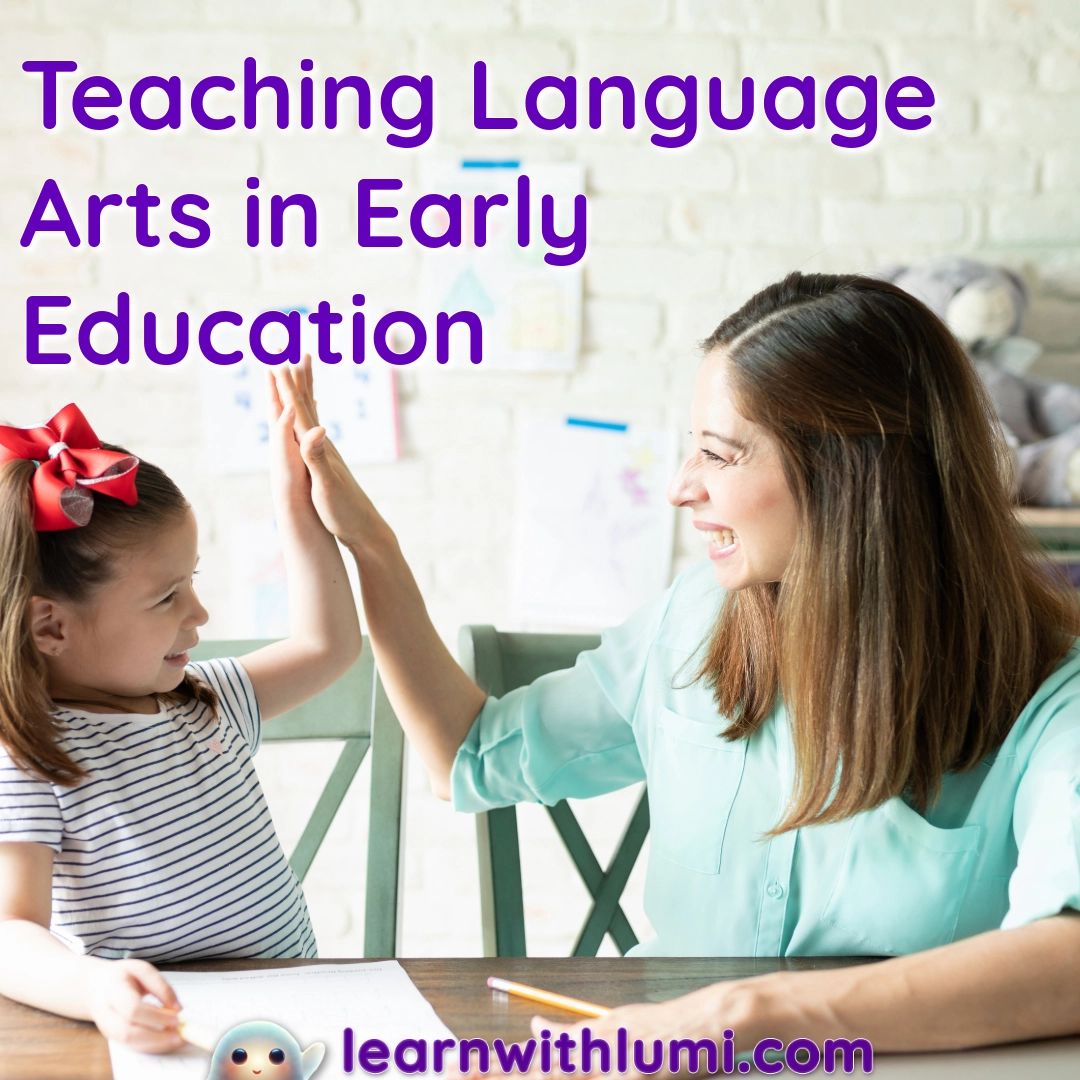
Teaching Language Arts in Early Education
15 min read
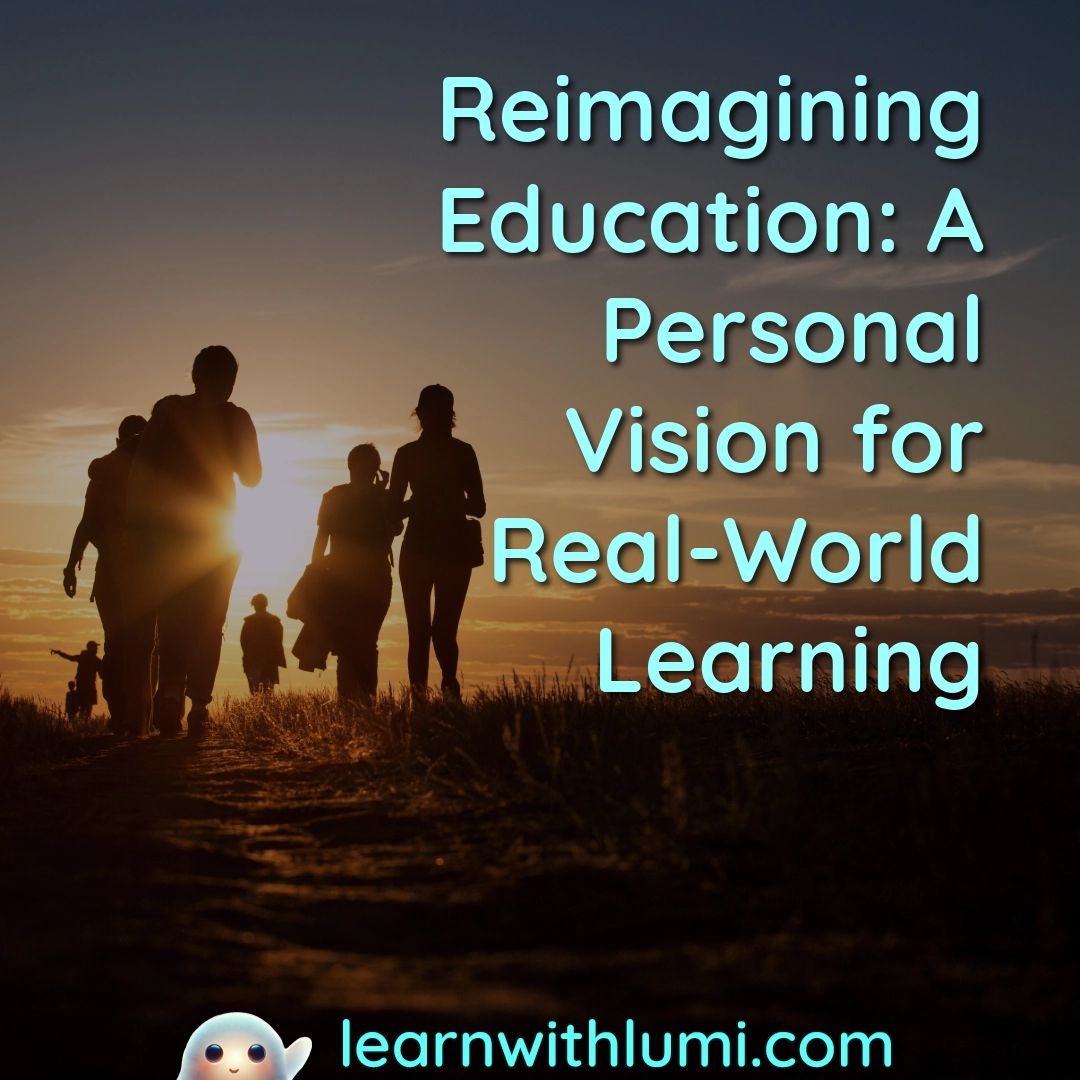
Reimagining Education: A Personal Vision for Real-World Learning
6 min read
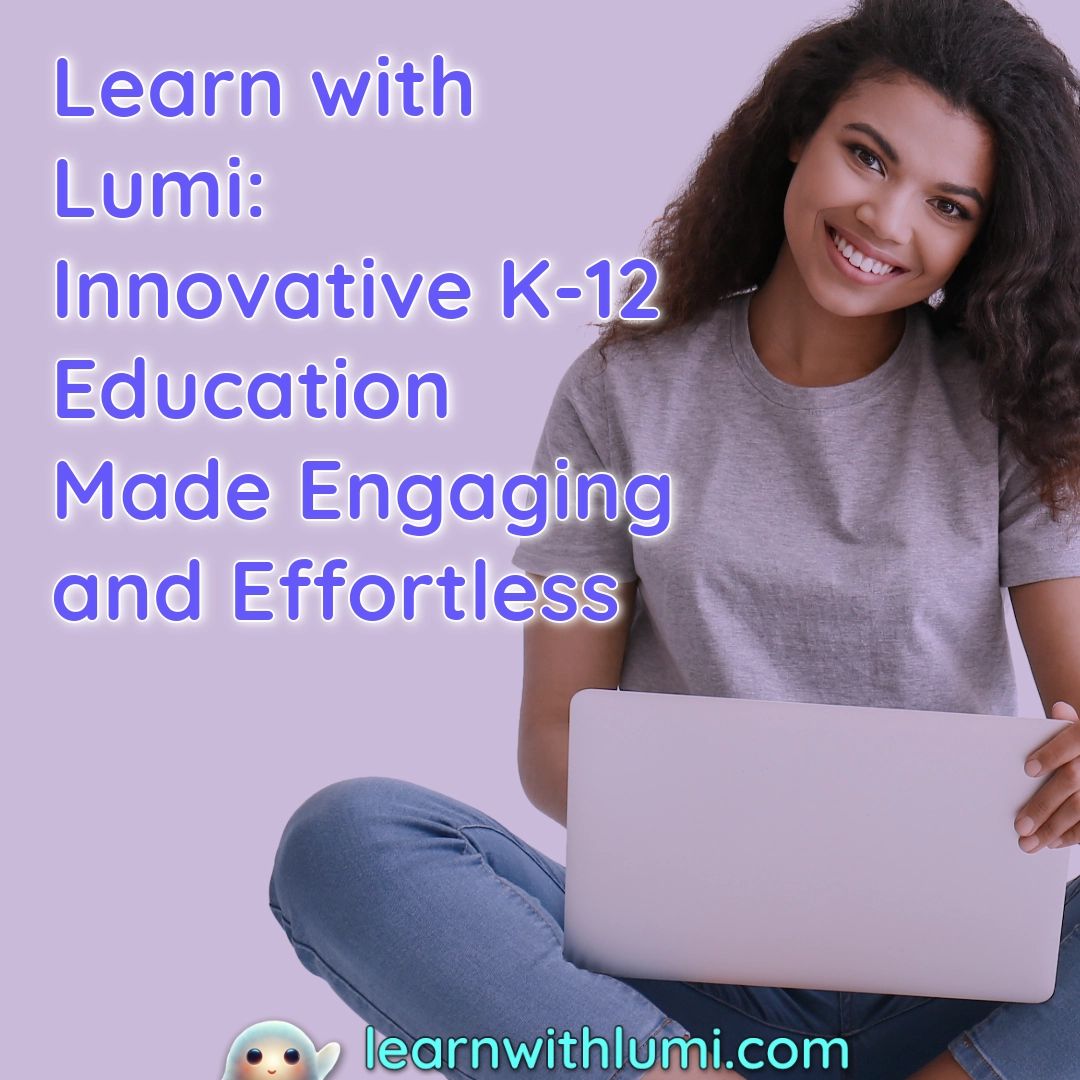
Learn with Lumi: Innovative K-12 Education Made Engaging and Effortless
11 min read

Homeschool Laws in the United States: An In-Depth Guide
12 min read
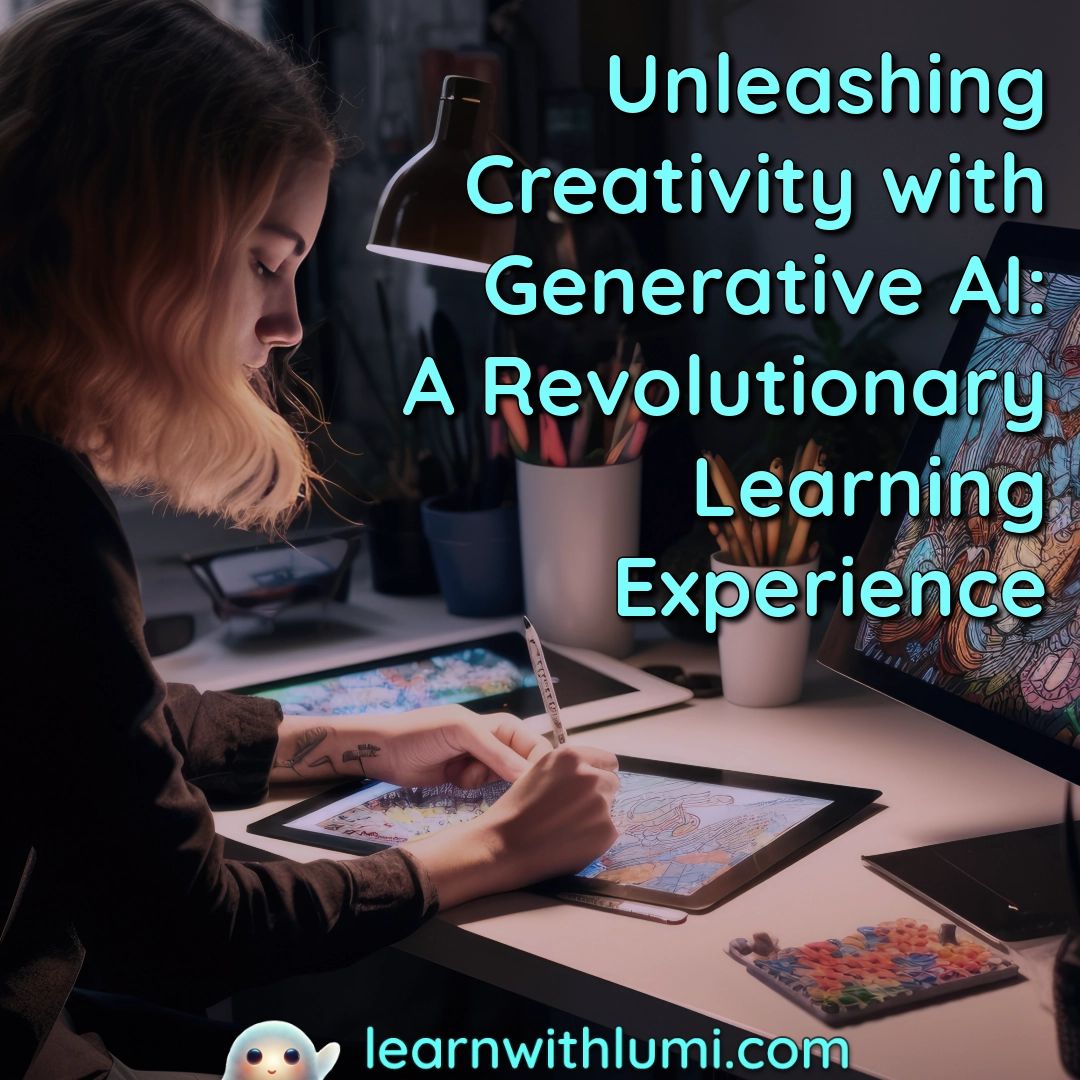
Unleashing Creativity with Generative AI: A Revolutionary Learning Experience
5 min read

The Amazing Effects of Breathwork
10 min read

A Homeschooling Guide for Newbies
9 min read
